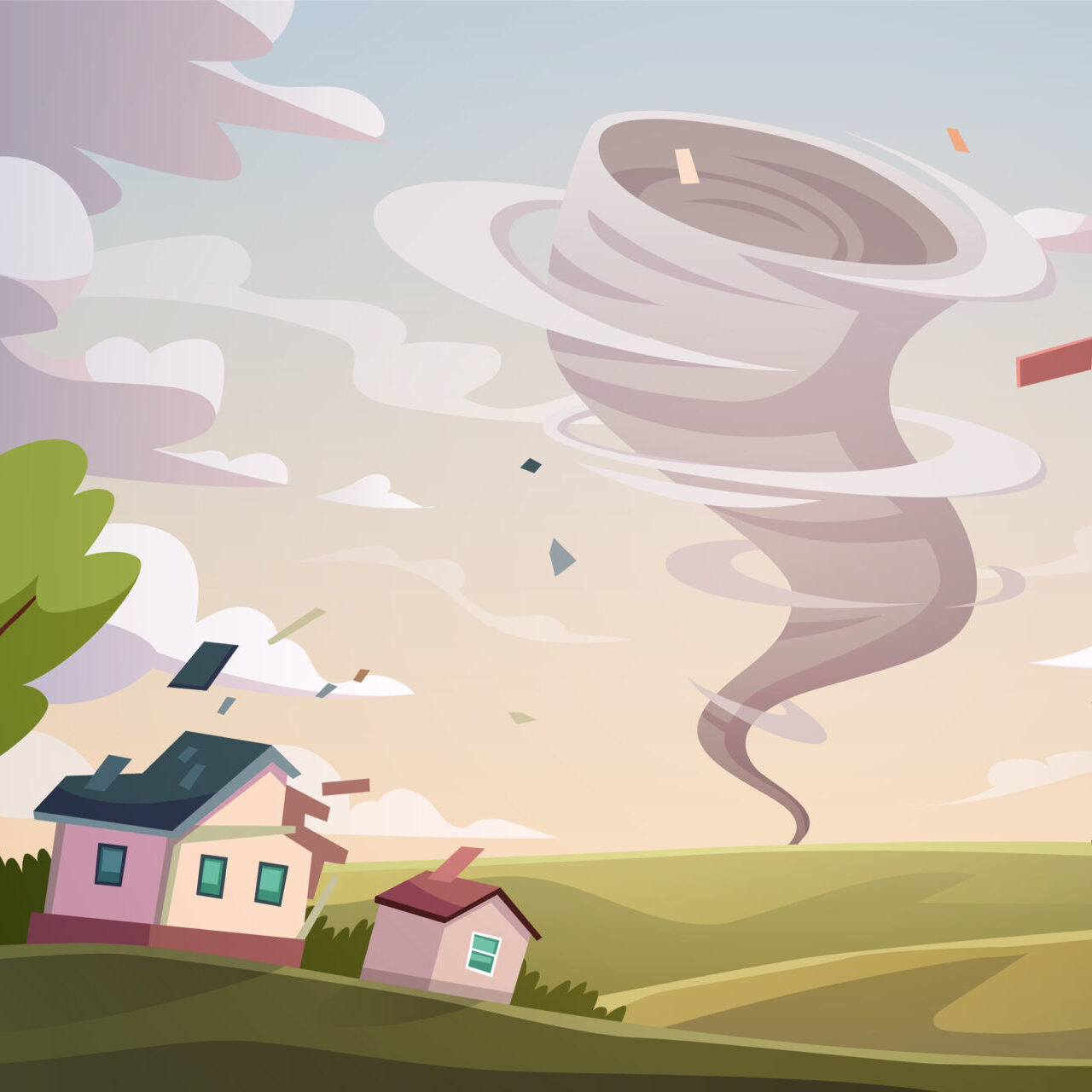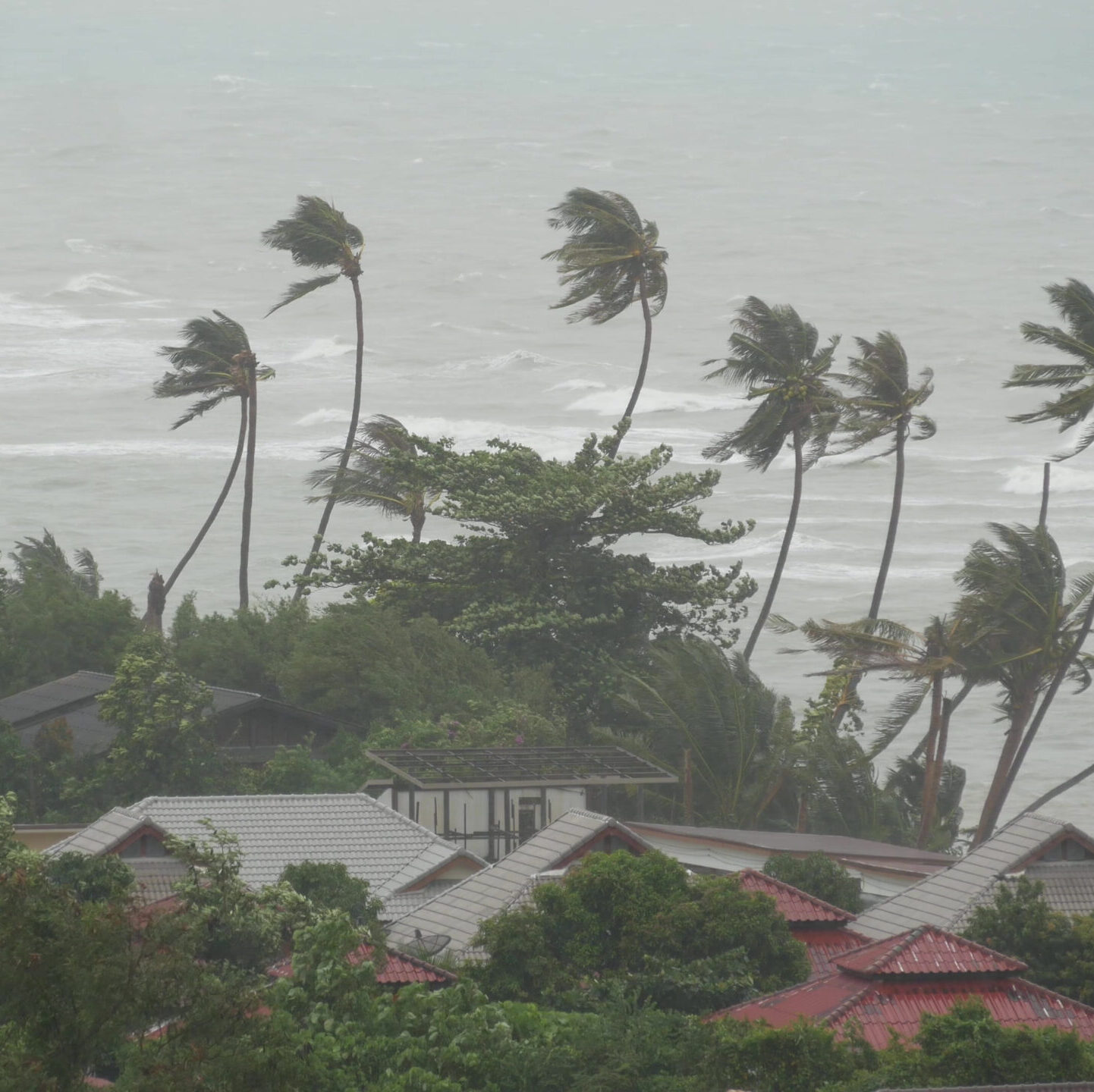
“Slow and Steady” or “Fast and Furious”: Repeated Seepage or Leakage Policy Exclusion Prevails
Overview | Blog Posts | First-Party Coverage | Shaheen Nouri | Related | Print | Share
November 14, 2019
A recent ruling in a U.S. District Court in Missouri may suggest a new path for policy exclusions based on “continuous or repeated seepage or leakage of water.” The Court rejected the argument that the continuous or repeated seepage or leakage of water exclusion is only applicable where the leakage or seepage is slow or gradual. The Court held that there was nothing in the policy language discussing either the speed of a leak or the volume of water and that neither factor would have an effect on the applicability of the subject exclusion.
The Plaintiffs in Kunce v. State Farm Fire and Cas. Co., No. 18-06046-CV-W-FJG, 2019 WL 5653966 (W.D. Mo. September 30, 2019) experienced a broken pipe buried underground in their yard. The pipe break resulted in water escaping under the foundation of the house at a high rate. Plaintiffs had no knowledge of the pipe break for a minimum of 17 days until they noticed large cracks propagating through their walls. It was determined that 70,000 gallons of water escaped the broken pipe and flowed under the home. The insurer investigated the claim and determined that coverage was excluded under three exclusions; continuous or repeated seepage or leakage of water; settling, cracking, shrinking . . . of walls; and earth movement.
Plaintiffs moved for summary judgment and argued the continuous or repeated seepage or leakage of water exclusion was not applicable because the commonly understood meanings of the words “seepage” and “leakage” connote a slow or gradual movement of water. The insurer argued the definitions of “seepage” and “leakage” are not limited to a “slower, non-violent process of liquid escaping over time” and that there was nothing in the policy language discussing either the speed or volume of a leak. The Court agreed with the insurer’s position and argument. The Court also agreed with the insurer’s argument as to the two remaining exclusions in this case.
This decision may suggest a new path for policy exclusions based on continuous or repeated seepage or leakage of water in a recent climate that has otherwise worked to narrow the application of this exclusion in water damage claims. Accordingly, insurers and first-party claims examiners should continue to monitor the progress of this decision and may consider conferring with counsel with regard to the potential application of the “continuous or repeated seepage or leakage of water exclusion.”



